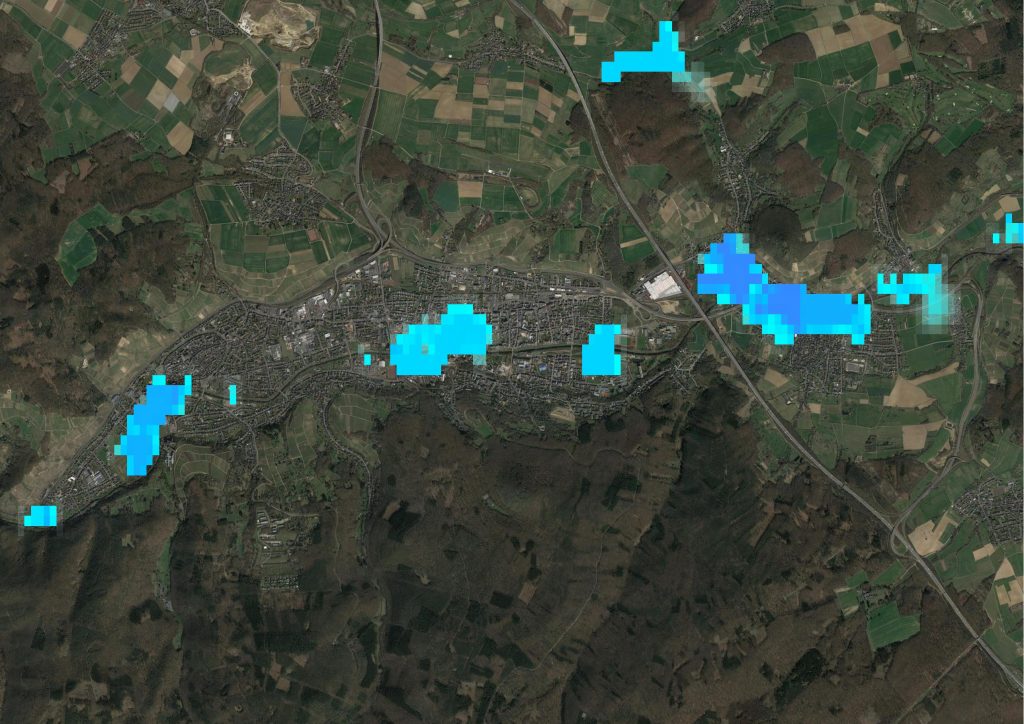A paper describing the challenges and uncertainties associated with the linking of climate models to flood models to assess future flood risk.
Regional climate models (RCMs) have emerged as the preferred tool in hydrological impact assessment at the catchment scale.
The direct application of RCM precipitation output is still not recommended; instead, a number of alternative methods have been proposed. One method that has been used is the change factor methodology, which typically uses changes to monthly mean or seasonal precipitation totals to develop change scenarios. However, such simplistic approaches are subject to significant caveats.
In this paper, 18 RCMs covering the UK from the ENSEMBLES and UKCP09 projects are analysed across different catchments. The ensembles’ ability in capturing monthly total and extreme precipitation is outlined to explore how the ability to make confident statements about future flood risk varies between different catchments. The suitability of applying simplistic change factor approaches in flood impact studies is also explored.
We found that RCM ensembles do have some skill in simulating observed monthly precipitation; however, seasonal patterns of bias were evident across each of the catchments. Moreover, even apparently good simulations of extreme rainfall can mis-estimate the magnitude of flood-generating rainfall events in ways that would significantly affect flood risk management. For future changes in monthly mean precipitation, we observe the clear ‘drier summers/wetter winters’ signal used to develop current UK policy, but when we look instead at flood-generating rainfall, this seasonal signal is less clear and greater increases are projected. Furthermore, the confidence associated with future projections varies from catchment to catchment and season to season as a result of the varying ability of the RCM ensembles, and in some cases, future flood risk projections using RCM outputs may be highly problematic. Copyright © 2013 John Wiley & Sons, Ltd.


